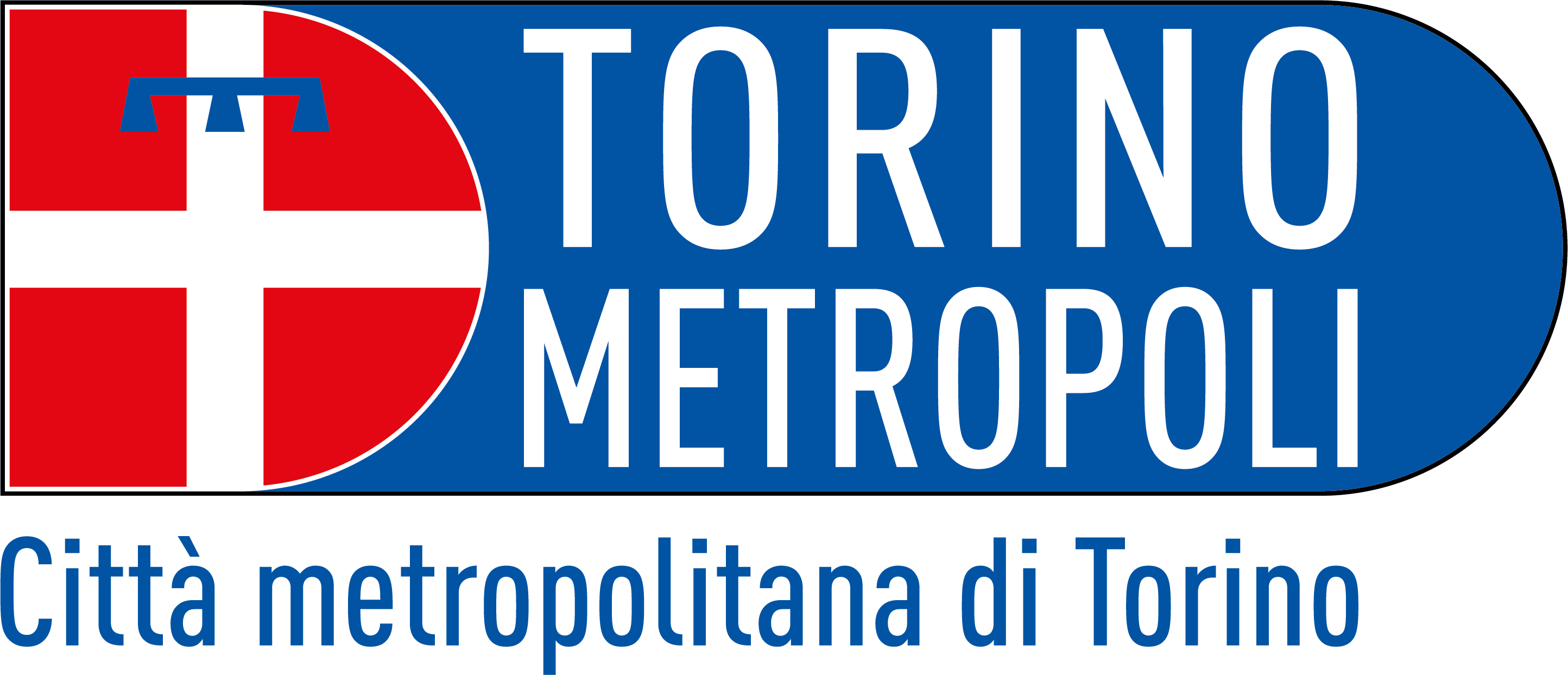New York mayor Eric Leroy announced a significant breakthrough in organic waste management in the Big Apple, inspired by the Italian wet collection model. This initiative includes the introduction of 250 smart containers for compostable waste in the Queens district, a number expected to grow to 400 in the near future.
The main objective of this initiative is to triple the collection of bio-waste at a lower cost than previous systems. Queens has successfully experimented with this method for wet harvesting for almost a year, demonstrating that the Italian model is easily adaptable and allows to triple the amount of material collected to one third of the average cost of previous systems.
One of the most significant innovations is the introduction of compostable bioplastic bags, made by an American division of Novamont. The project benefited from the advice of the Italian Composting Consortium (CIC), an expert in the composting sector.
In a city like New York, where plastic bags are still used, and the wet is often not collected separately, this system represents a significant change in the daily habits of citizens.
The United States and the Italian model. Two situations in comparison
A survey found that in 2017 in the United States, only 320 cities had a separate organic collection system, involving an approximate number of 5 million households. Out of a vast total population of 325 million (with about 120 million households), in 2017 less than 5% of the population collected the wet separately and then turned it into compost.
This situation highlights the considerable limitations that the country still faces in the field of recycling. Indeed, the recycling rate has remained consistently below the 30% threshold for the last two decades. According to surveys carried out by the United States Environmental Protection Agency (EPA) in 2018, the United States produced an impressive volume of 292.4 million tonnes of municipal solid waste, equivalent to an average of 2,2 kilograms per person per day. Of this waste, only 69 million tonnes were recycled and another 25 million tonnes were composted. These data underline the need for a greater effort to promote recycling and sustainable waste management in the United States.
In Italy, progress in the field of separate collection of the wet fraction has been remarkable, with a significant increase in recent years, from 4.5 million tons in 2011 to 7.4 million tons in 2021 (ISPRA data). The obligation to separate the organic fraction has been introduced in Italy since 31 December 2021, in advance of the next European deadline by the end of the year.
According to the ISPRA Urban Waste Report of 2022, 96% of Italian municipalities adopted the practice of collecting the organic fraction, a significant statistic considering that 39% of the total separate collection in Italy consists of the collection of wet.
According to Eurostat data, Italy ranks among the top 10 European countries for organic fraction collection, averaging 119 kg per capita collected in the year 2021, exceeding the European average of 95 kg per capita collected during the same period.
The prospect of mandatory separate collection of bio-waste at European level could stimulate further initiatives to improve bio-waste management. It is essential to recognise the importance of these efforts, as a more informed approach to waste management could also provide a model for similar improvements outside our continent.
Lorenzo Nigro
For further informations:
Economia circolare, New York utilizza il modello italiano per la raccolta dell’umido (il sole 24 ore)
Se anche gli Stati Uniti puntano sul riciclo (Economia circolare)
“Obiettivi Ue di riciclo impossibili senza target vincolanti per l’umido” (Economia circolare)
